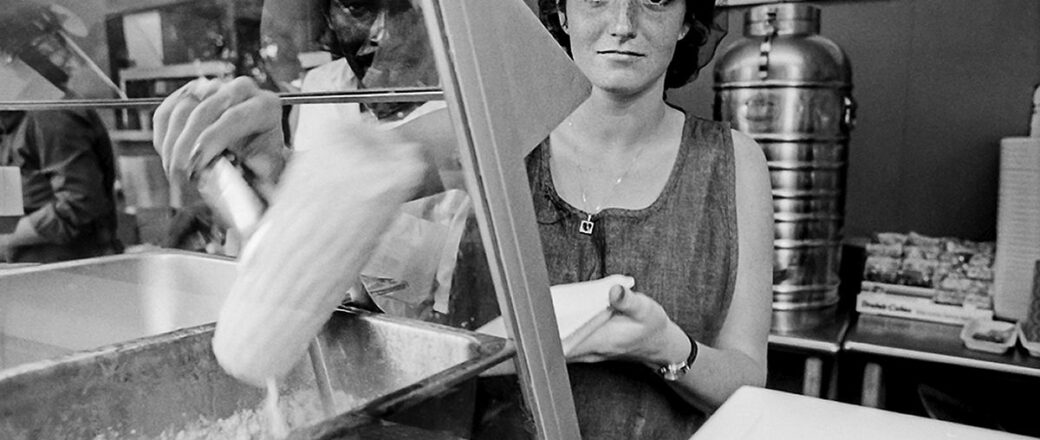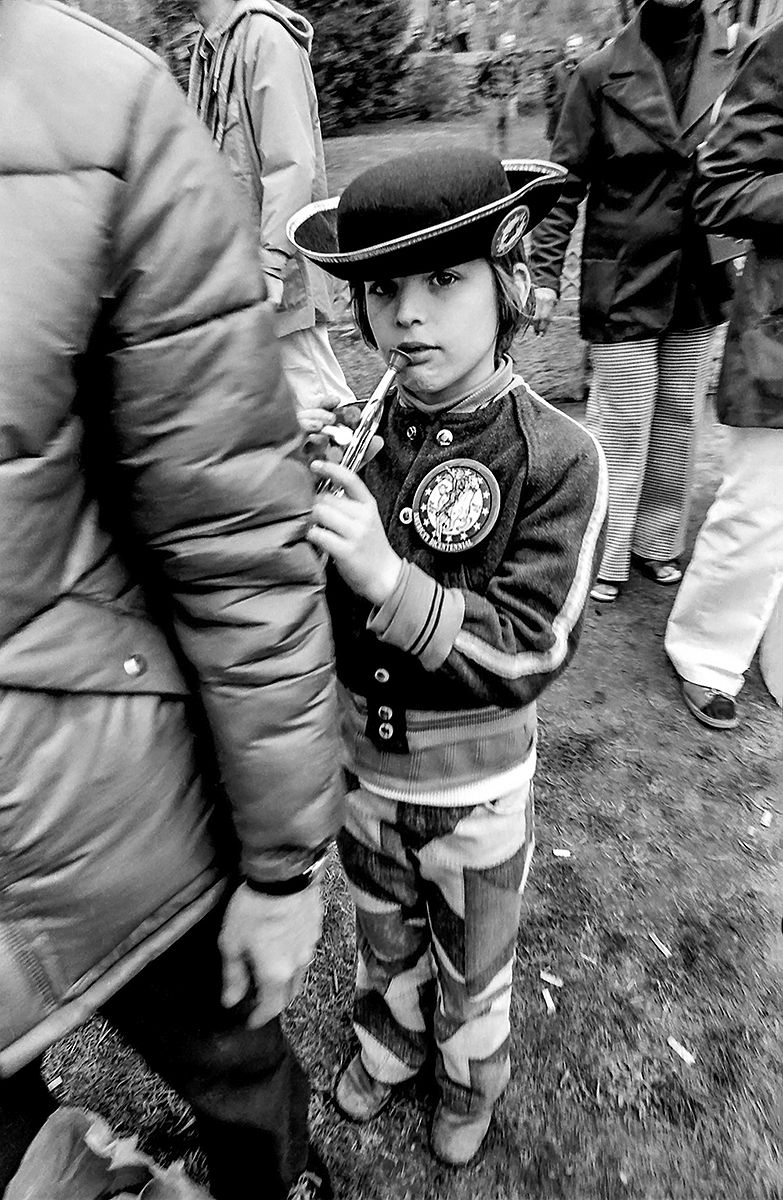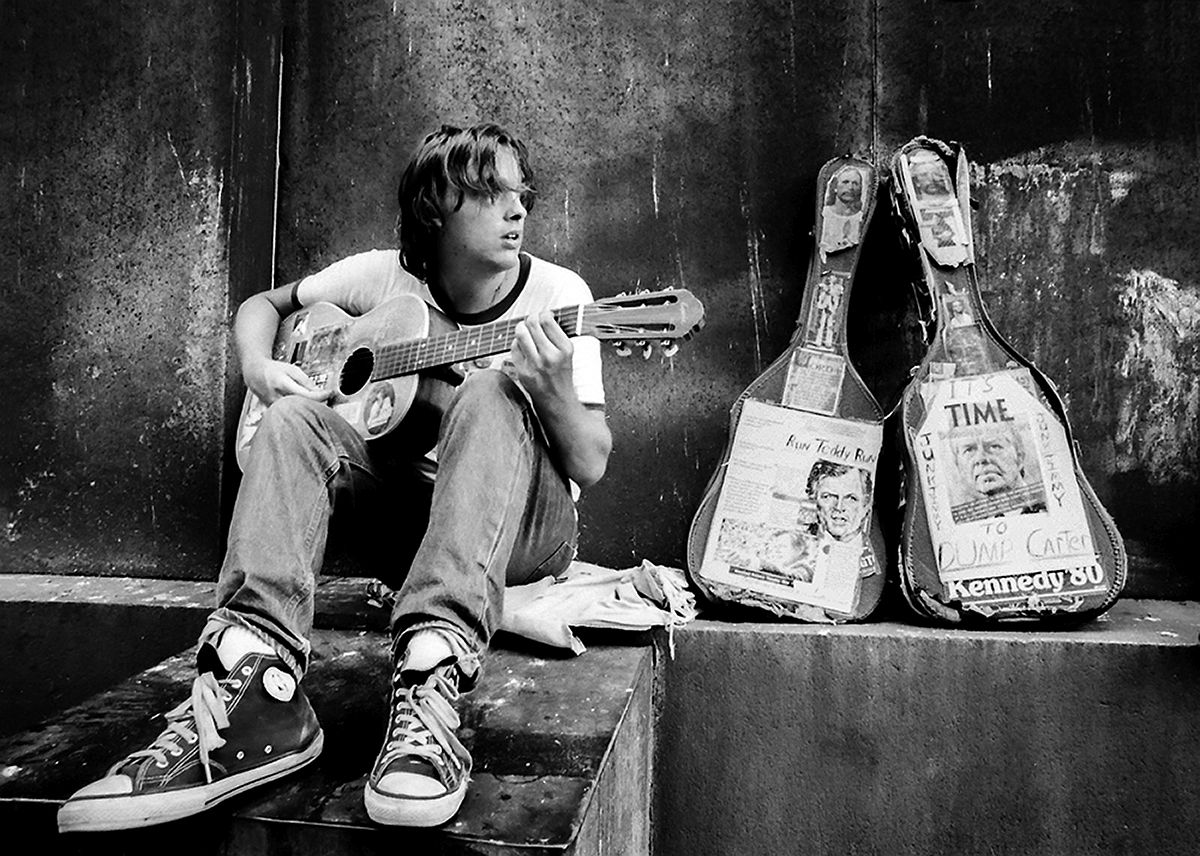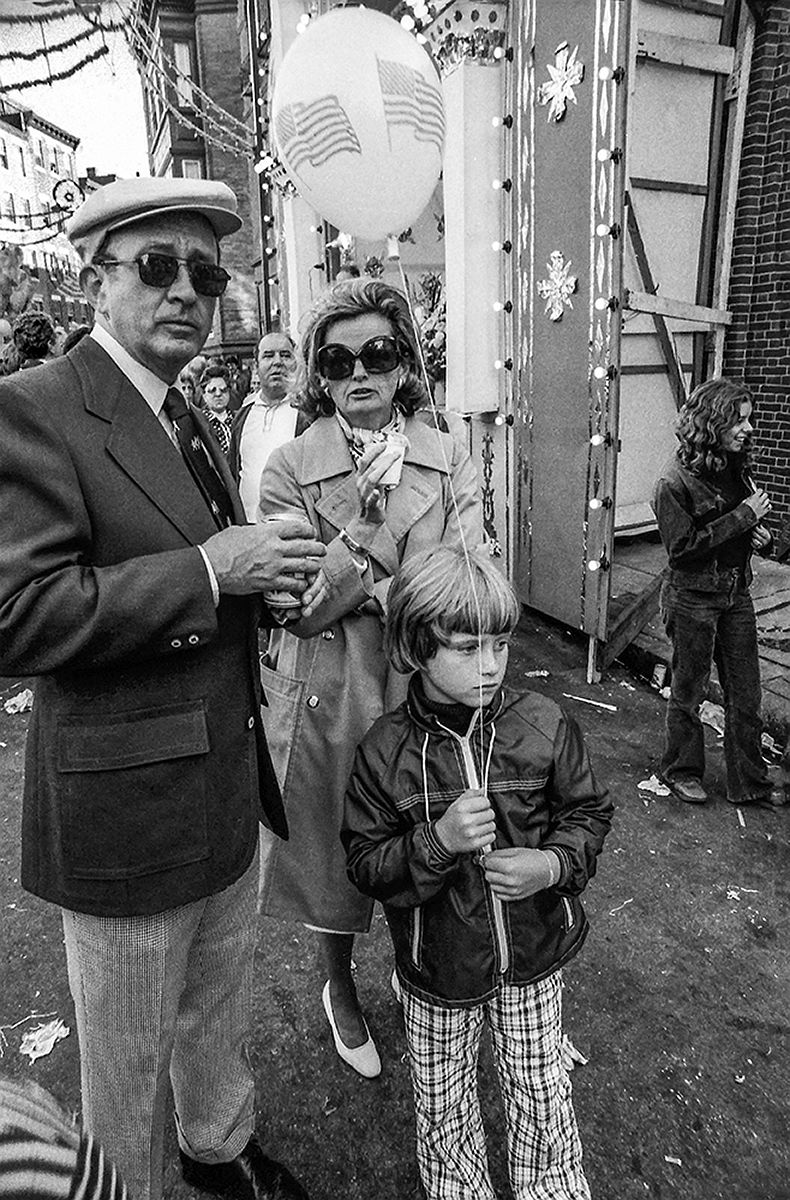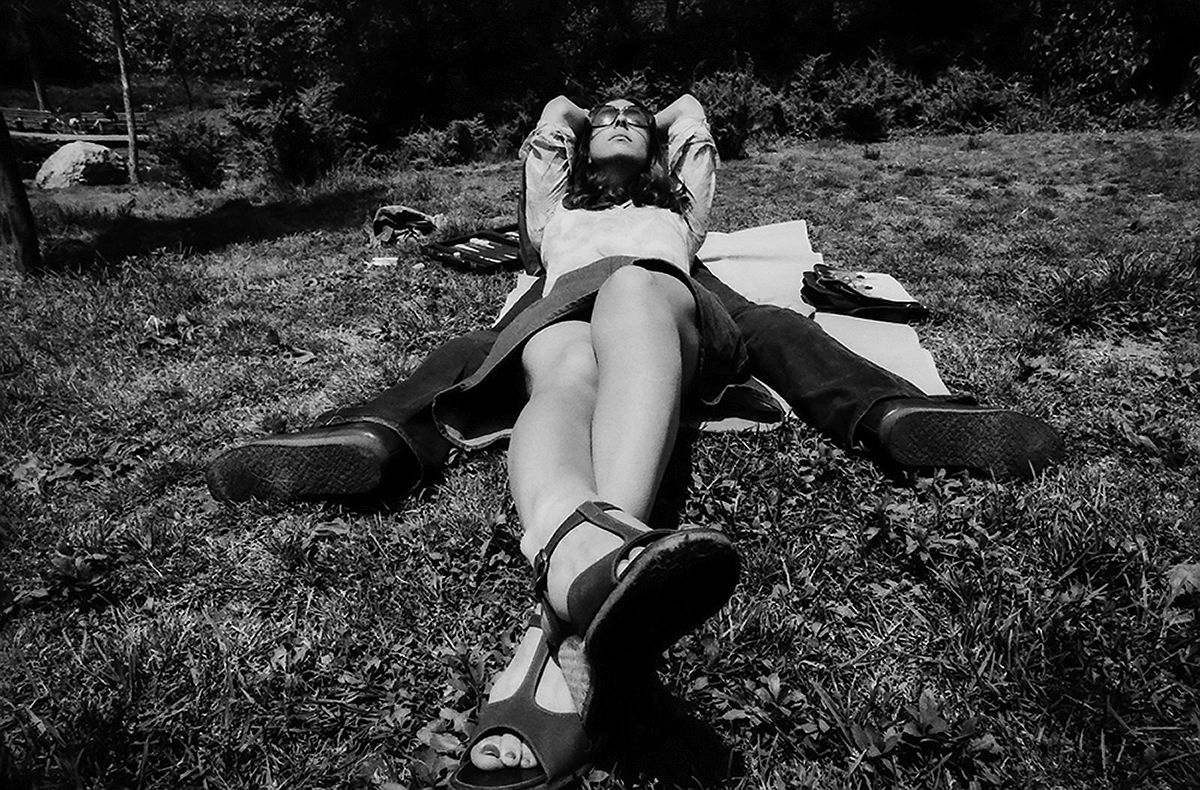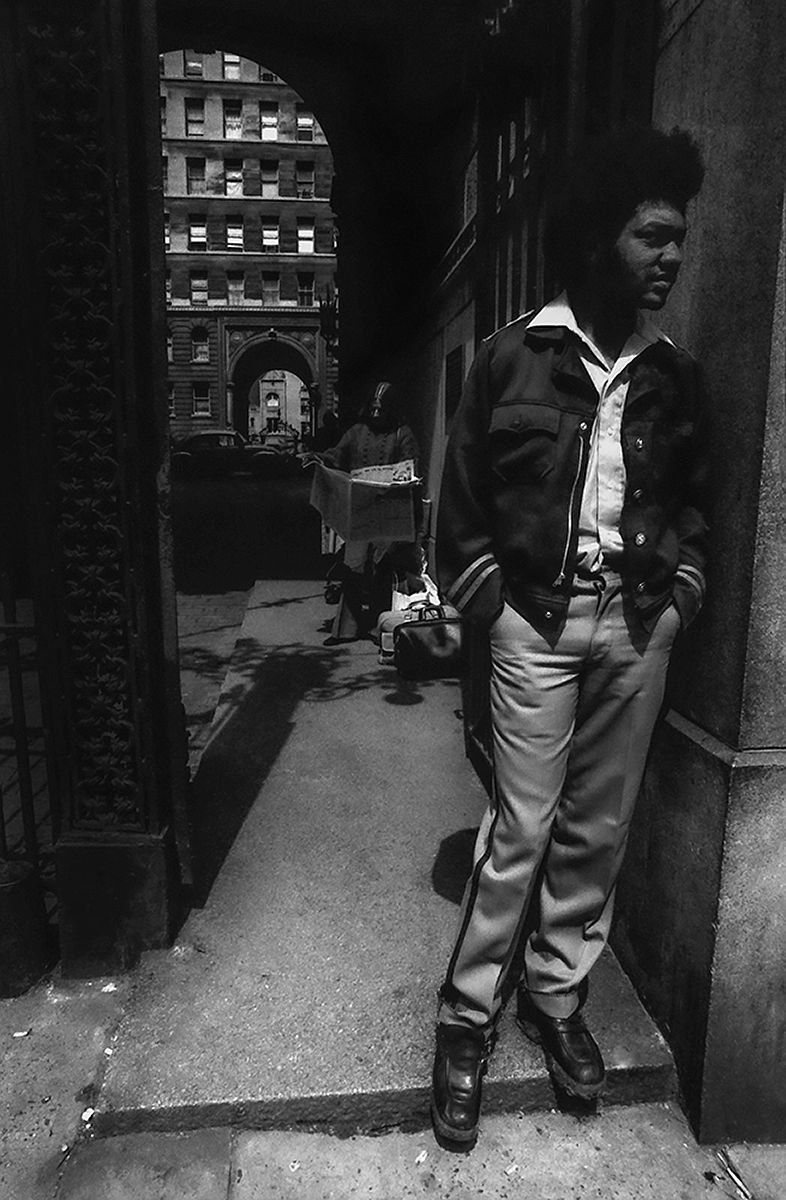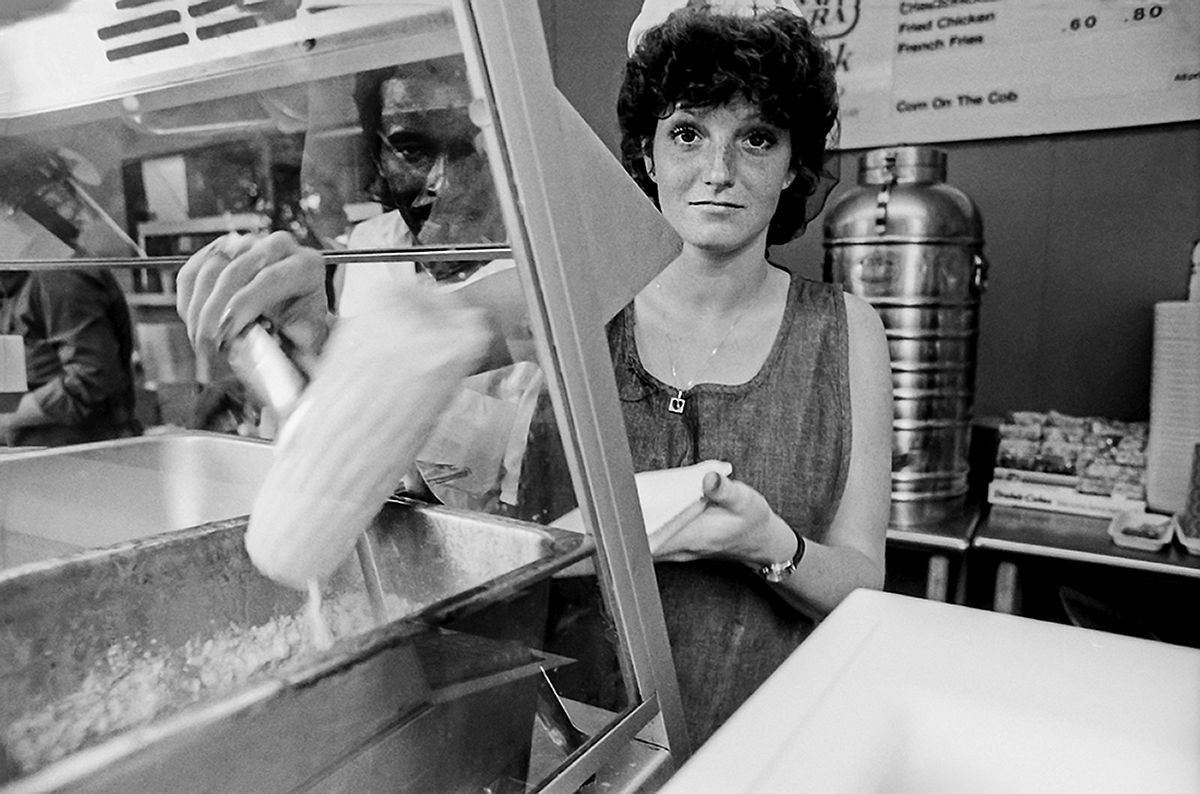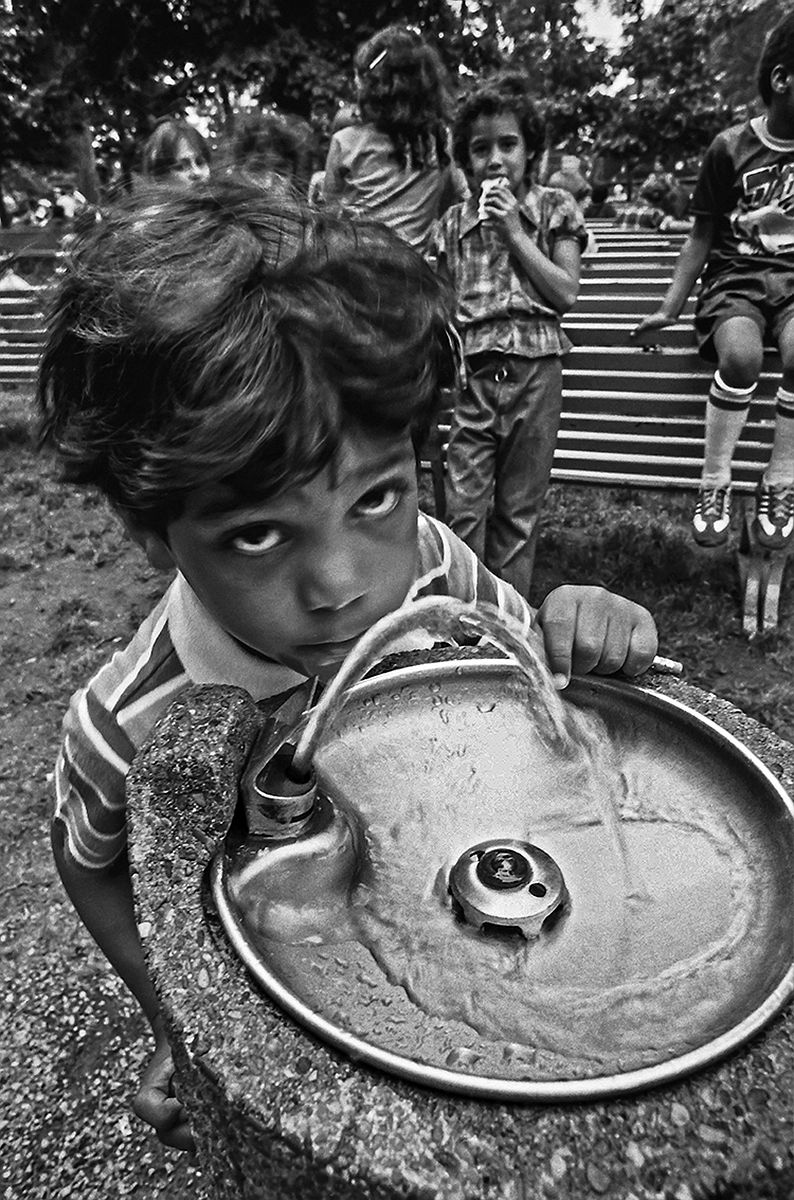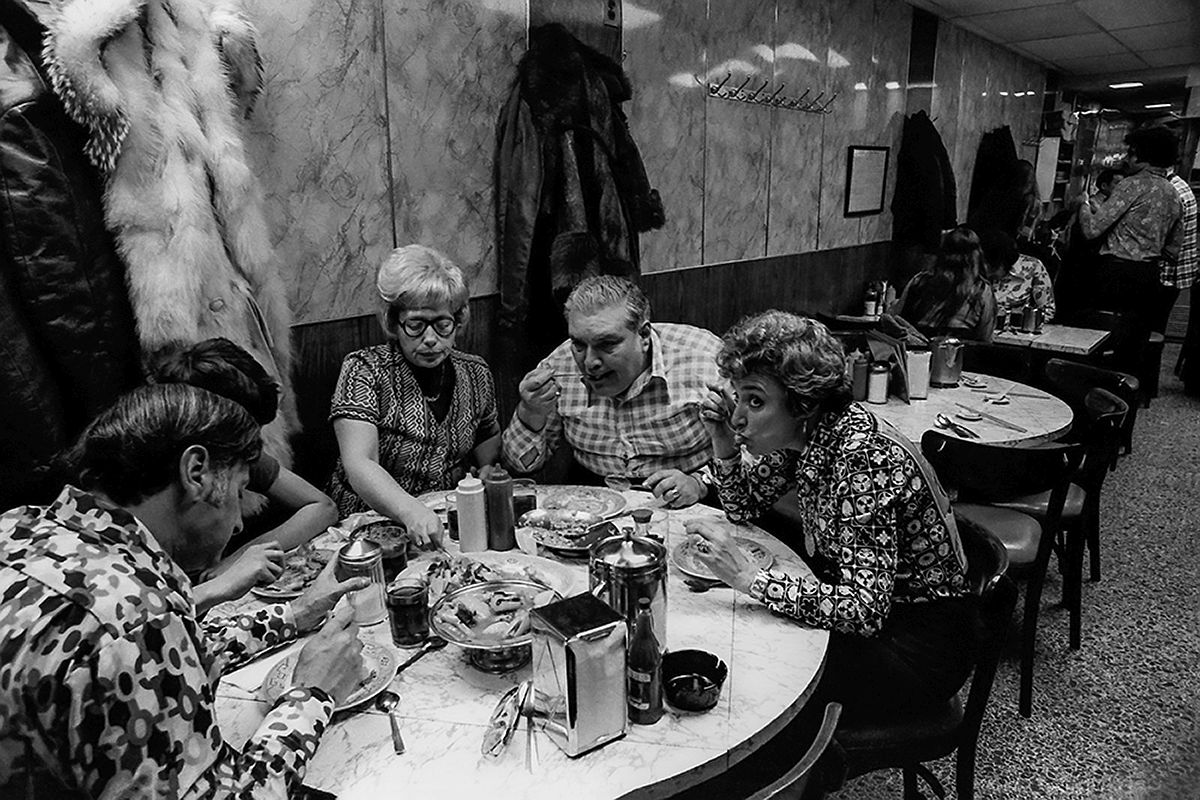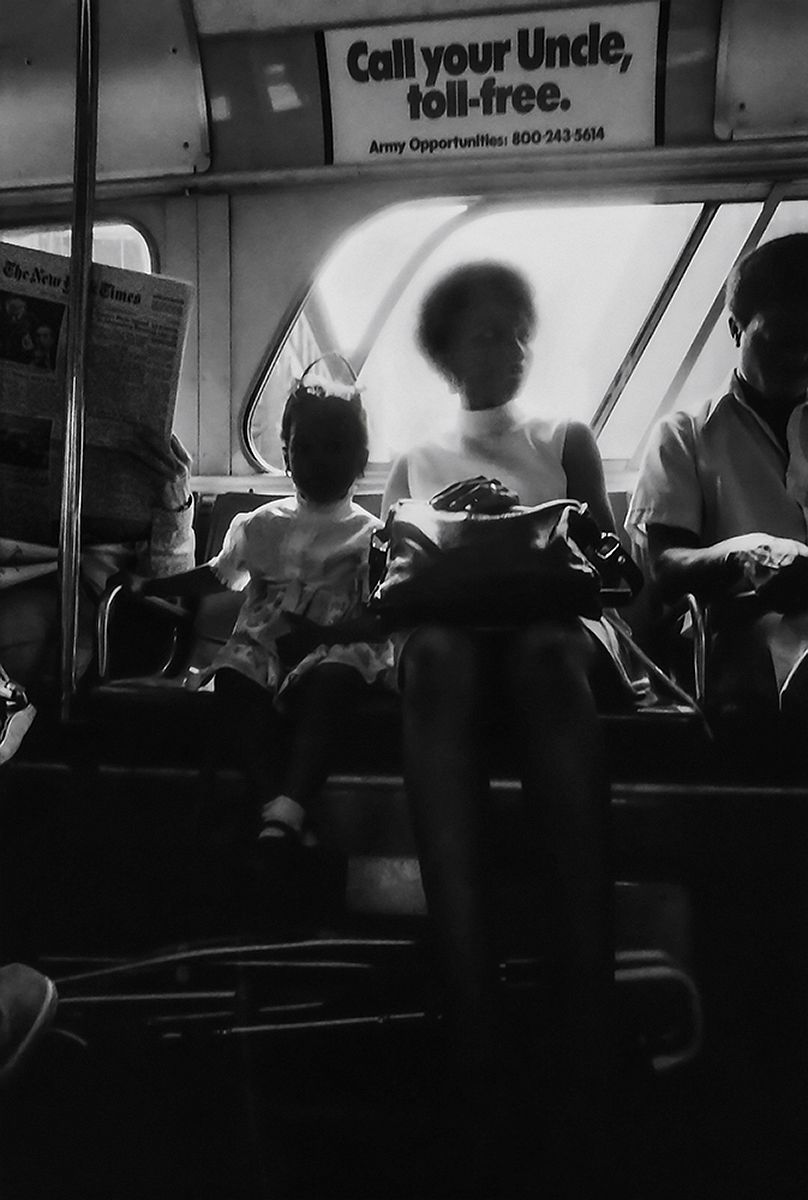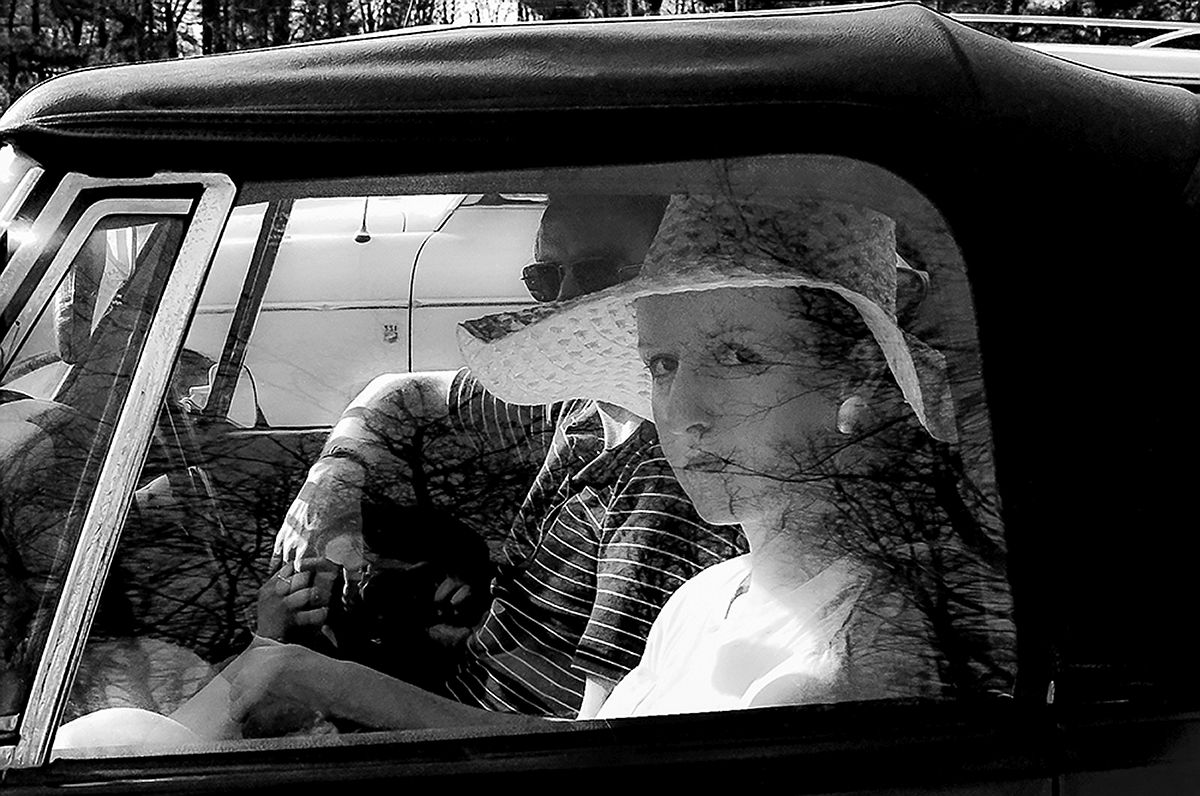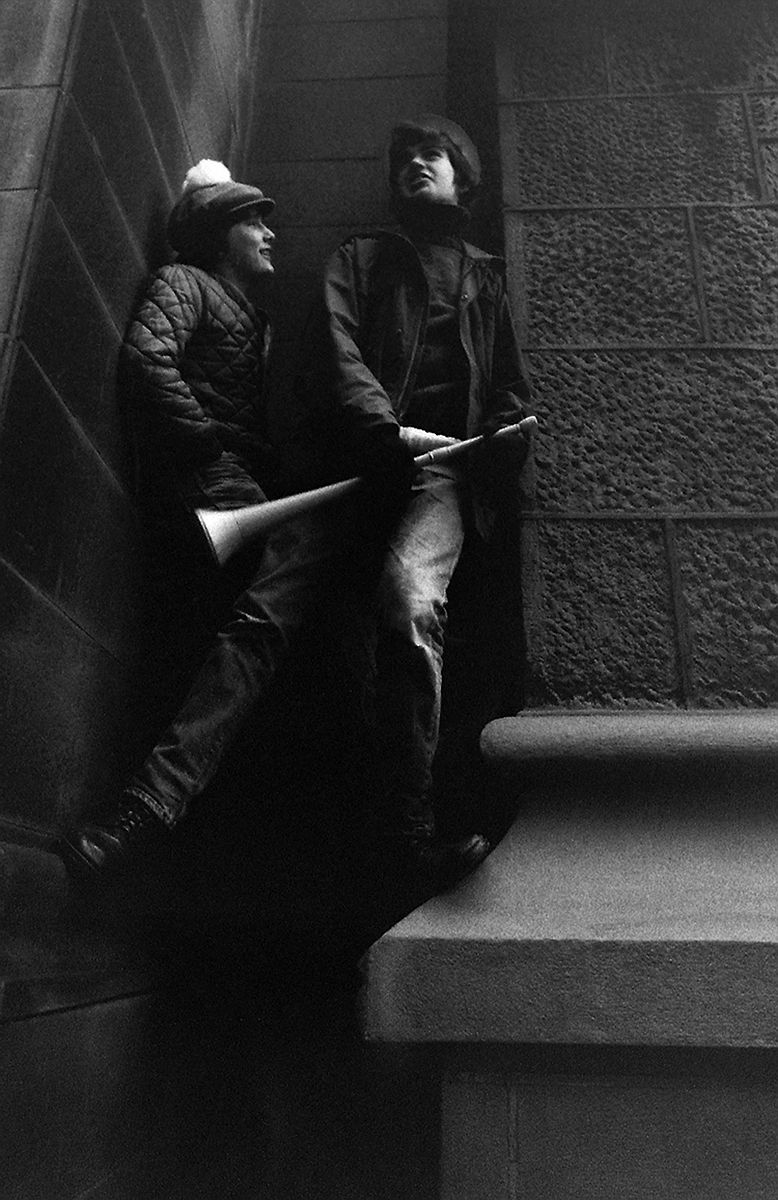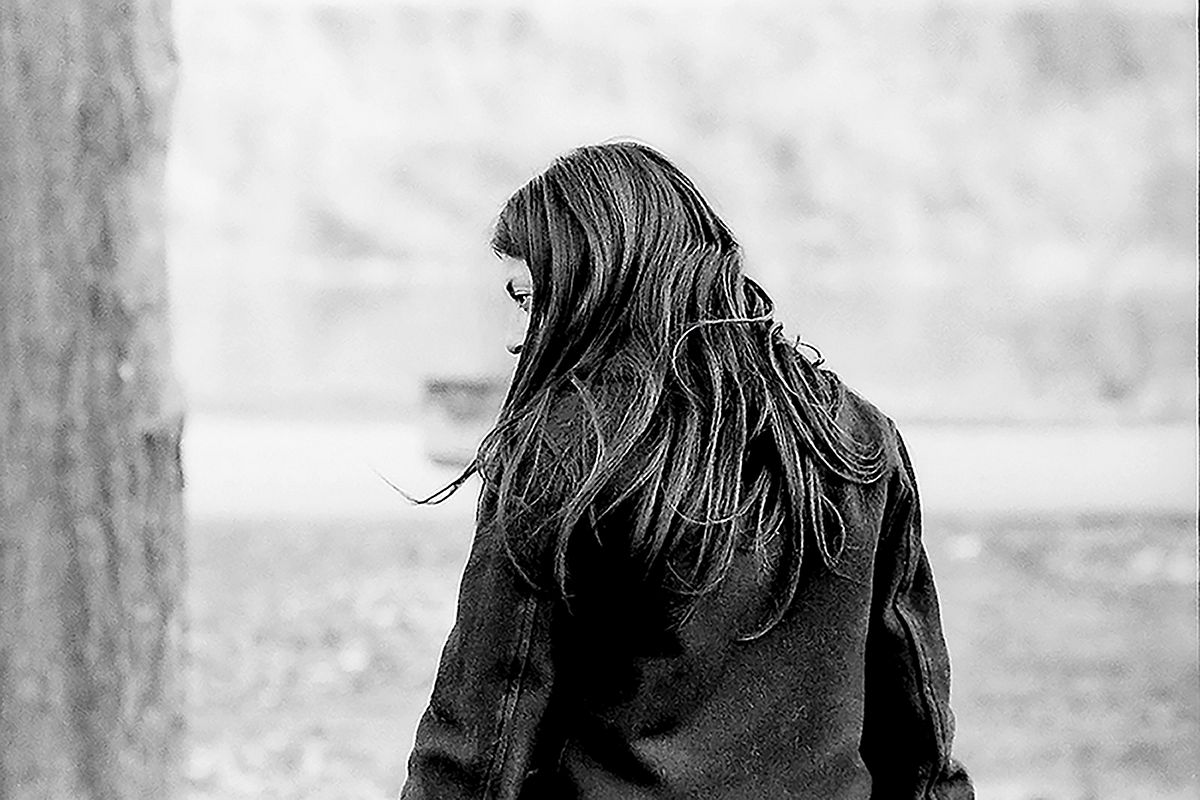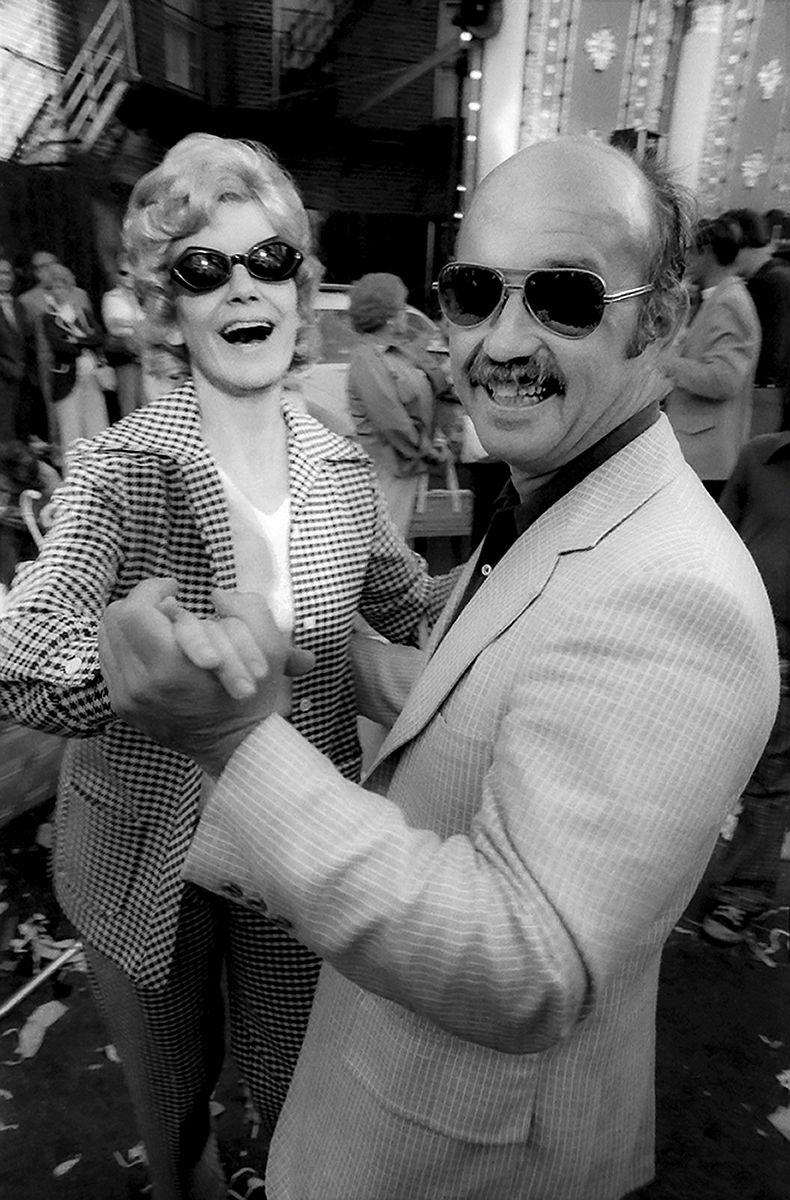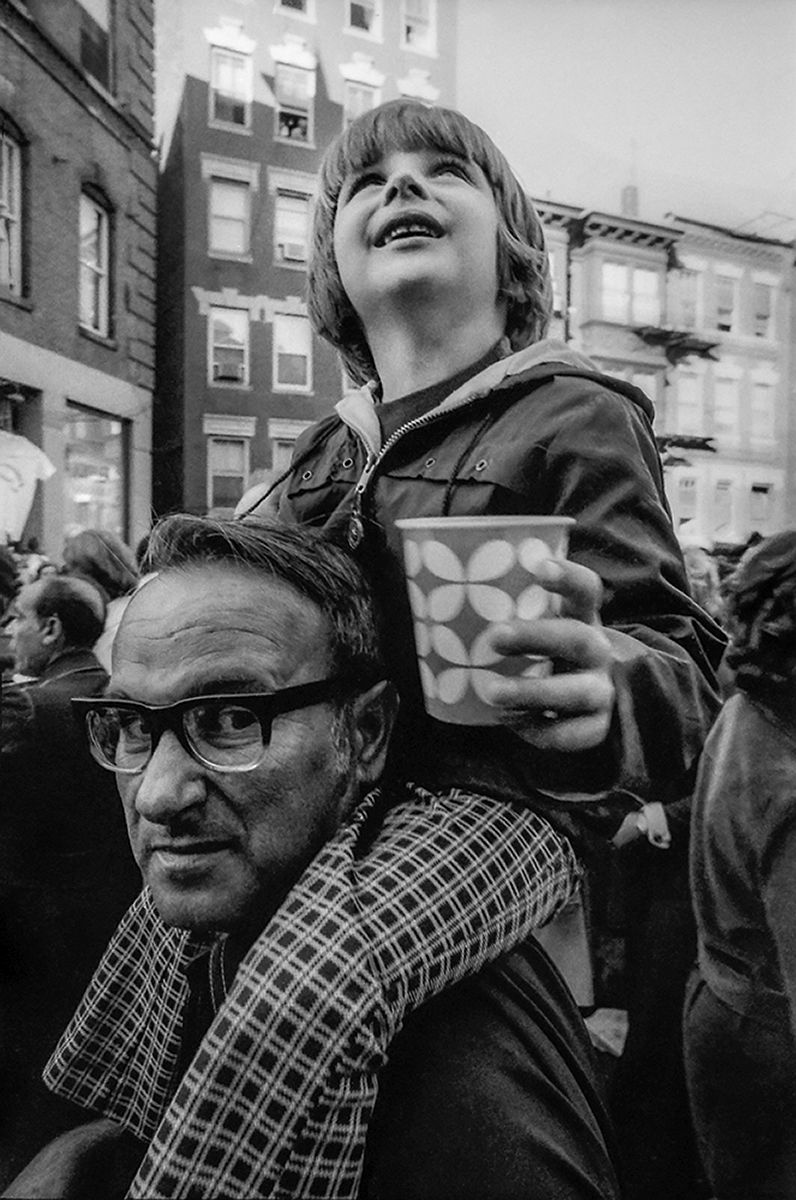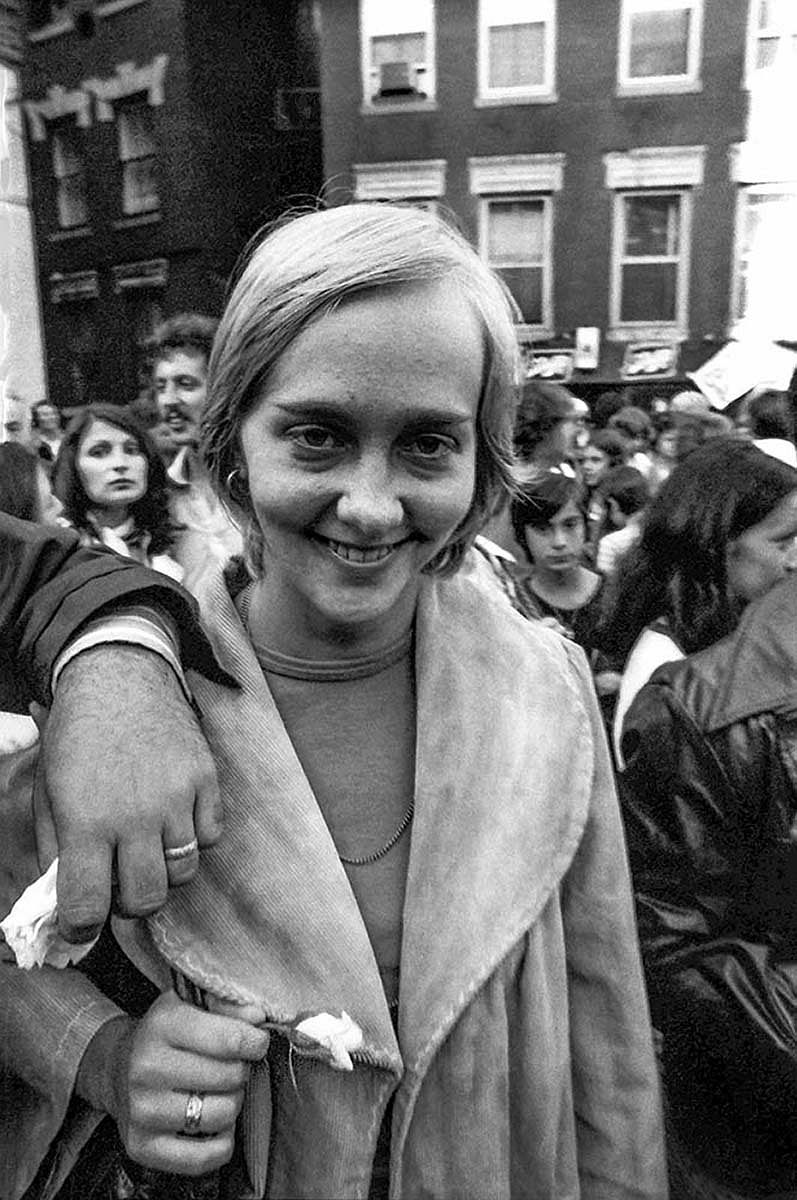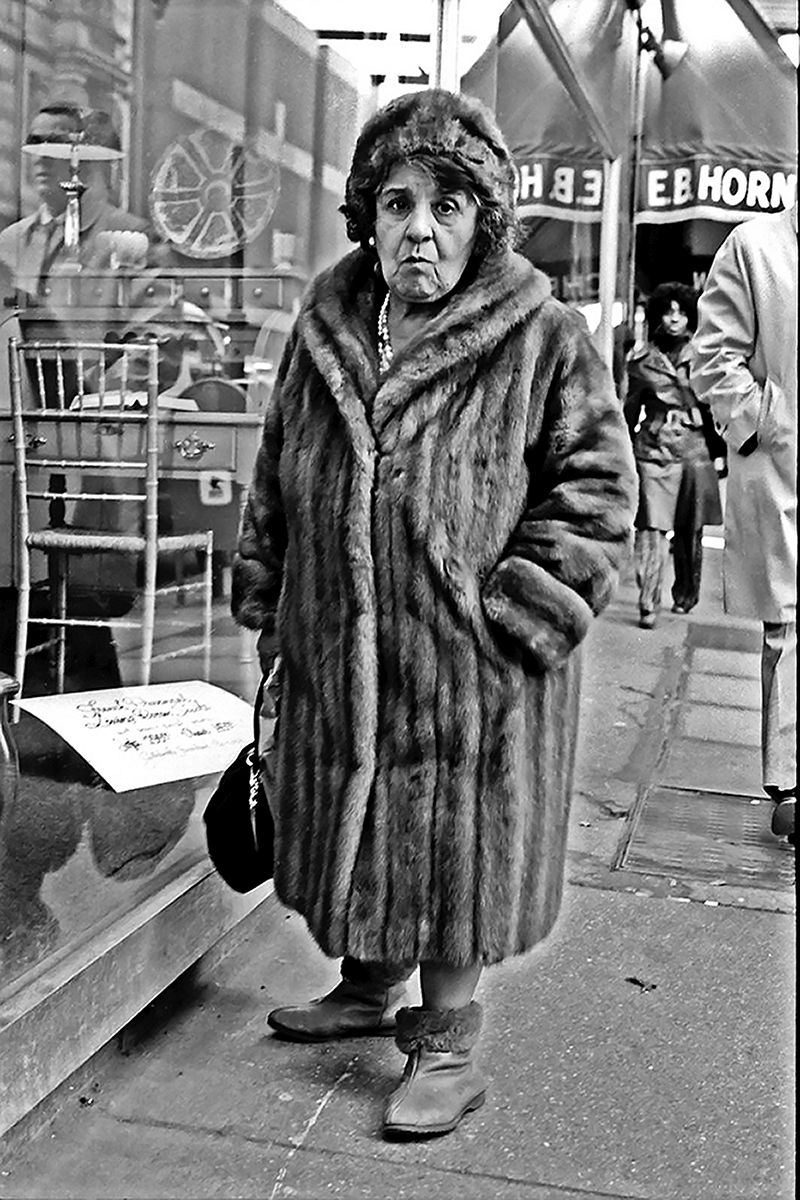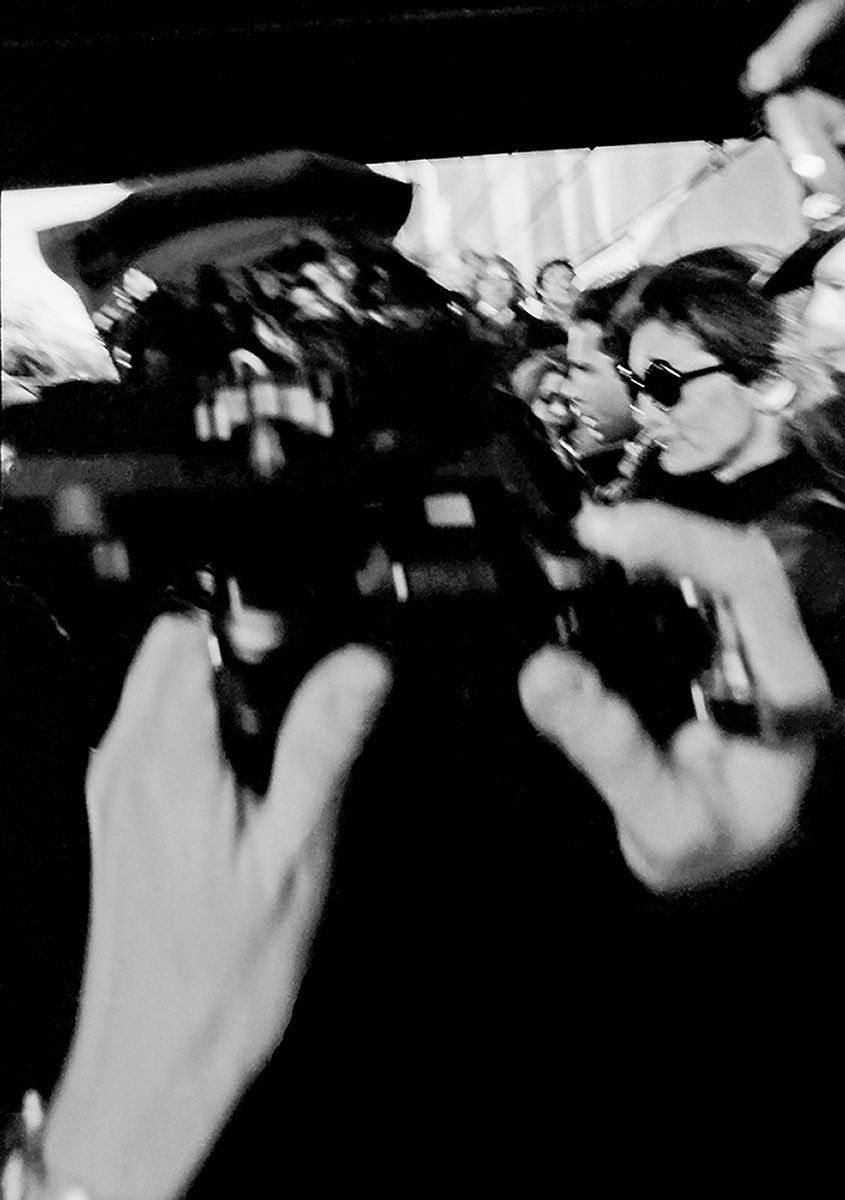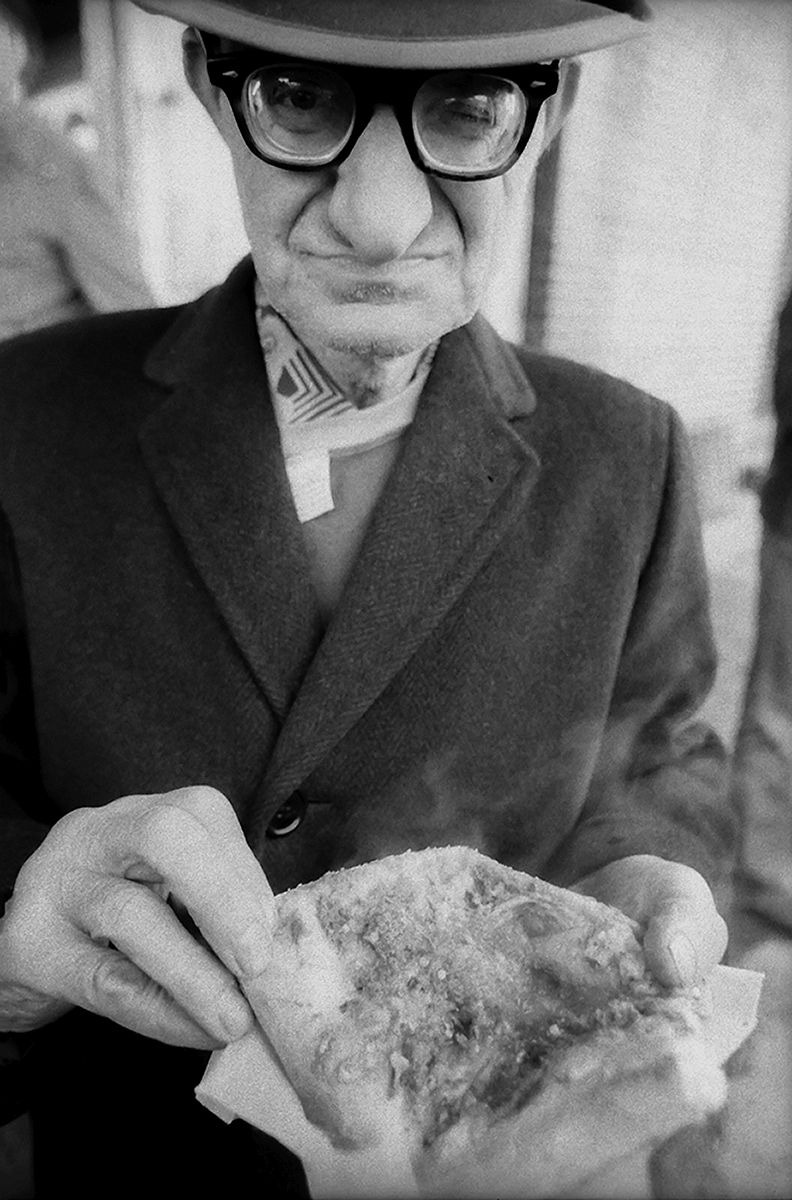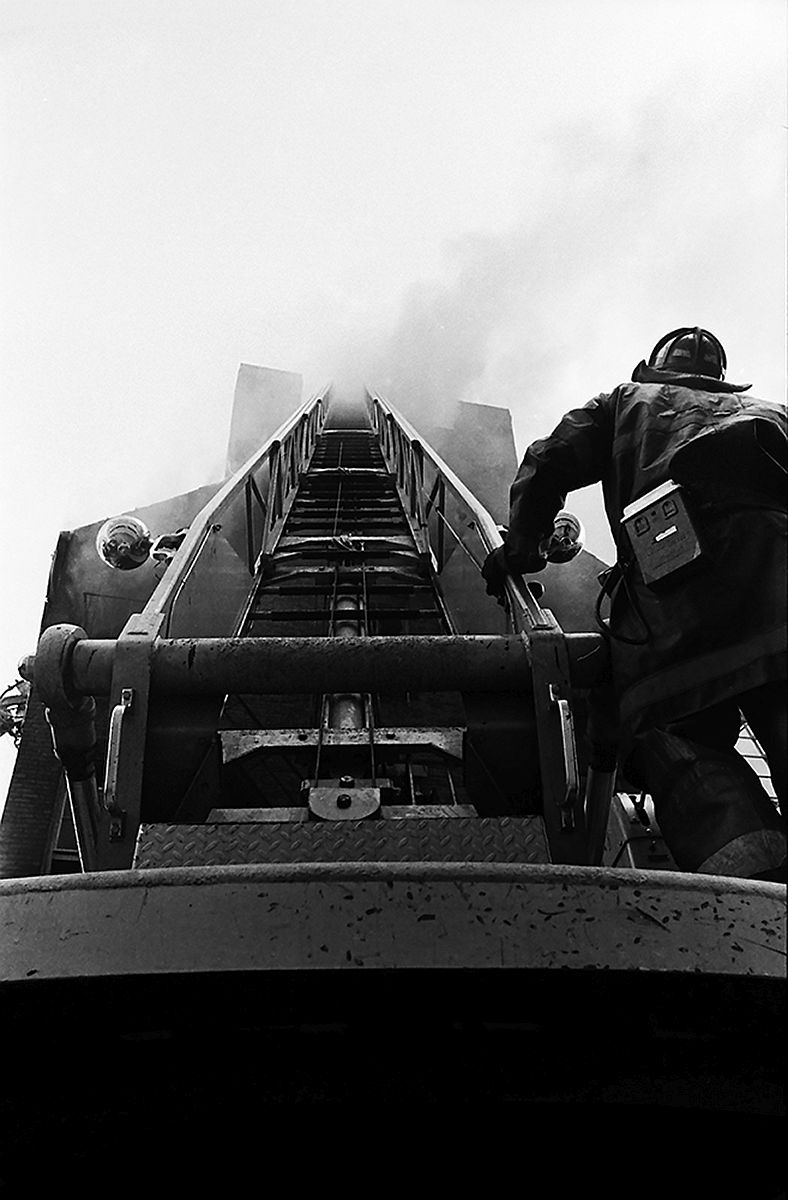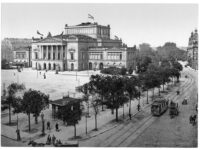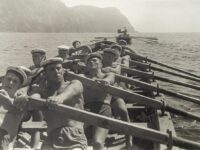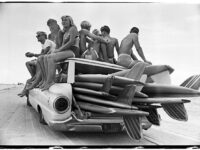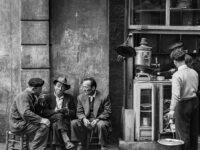Philip Collier is an award winning photographer from Boston Massachusetts. He studied documentary photography at the New England School of Photography graduating in the class of 1975. After gradation he moved to NYC where he worked in several commercial studios, but his heart and soul were on the streets. He has spent his life traveling the world and photographing his life.
1. How and when did you become interested in photography?
The first photograph I took that spoke to me is the one titled “Rosie”, Defiance, Ohio 1972. I was at The Defiance College in Defiance, Ohio for one semester in 1972. I picked the school solely because of its name. I was not a particularly good student at this time of my life but something happened there that was the catalyst to my obsession with photography. I had a political science professor who took an interest in me and introduced me to the darkroom at the school. He hired me to take some photographs of a sculpture he had made or bought, I don’t remember the specifics, but they were the first rolls of film that I had ever developed and printed. And though the pictures came out horribly I was intrigued by the process. I loved the solitude of the darkroom. I loved the chemistry and precision that you needed to work in that environment. I remember the day I took that photograph. I had one roll of film and I went to the park with two friends of mine, Rosie and Sue. It was a cold winter day and they were running through the playground jumping through piles of leaves, over the support where the seesaws used to be, sliding down the slide, spinning on the merry-go-round and me following around trying to capture the merriment of the day, documenting these moments in time…. I didn’t use the whole roll of film, I took about 15 shots at the playground and a few on our way back to the school. I went back to the dorm and finished the roll. The next day I rushed to the darkroom to develop my film and see what I had. I remember the excitement of anticipating what I had captured and seeing the results. I remember looking at my negatives thinking that I had overdeveloped them, I remember printing the first contact sheets and finally a print. When I saw the photograph of “Rosie” I thought, wow this is pretty cool. It was a very soft background and a tender, pensive moment. It didn’t matter that you couldn’t see her whole face, you could feel her ease. It was a beautiful moment, a perfect slice of life instantly frozen in time. I was hooked.
2. Is there any artist/photographer who inspired your art?
I started taking pictures in the early 1970’s. My sister had an old Pentax that she never used, so I commandeered it and started to photograph everything I saw. It was not until I saw the work of W. Eugene Smith that it hit me, A Walk To The Paradise Garden or the Pittsburgh Photographs, but especially A Madwoman in a Haitian Clinic blew me away. I knew at that point I wanted to take pictures of people and in black & white. I graduated from The New England School of Photography in Boston and I have expanded my passion to include all types of photography through the years but my heart belongs on the street.
3. Why do you work in black and white rather than colour?
I work in B&W simply because it emphasizes the dramatic quality of your image by taking away the confusion and distraction that color can introduce to your image. I am also a patron of the genre film noir and I grew up watching movies in B&W so it just is normal for me.
4. How much preparation do you put into taking a photograph/series of photographs?
I am not a technical photographer. That is, when I shoot my subjects, most often than not, I don’t have time to aim, shoot and focus. I am an instinctual photographer, something catches my interest, my eye, and most of the time I don’t have time to raise the camera to my face. There is, sometimes, not enough time to press the button. That is how fleeting the moments are, so I preset my depth of field on my lens and set my shutter speed as the light changes. My camera is an extension of myself; the photographs are formed in my mind and not the apparatus I hold in my hand. The quality of the image, to me, is not as important as the emotion contained within the frame. As a photographer I rarely set out on my journey of the day with a specific theme or even the thought or desire to take photographs. I am out for a walk or on my way to someplace else or no place at all. I love to let the day unfold to me, like opening a present on your birthday, peeling away the paper to reveal the special gift inside. This is the way I like to approach the day, no preconceived conceptions, every instant is new and exciting to me. Sometimes I don’t take my big camera, I just take a pocket camera. Sometimes just my phone, but eventually, I am always compelled to just take photographs, to visually tell the stories of my day, of my life.
5. Where is your photography going? What projects would you like to accomplish?
I consider my body of work nearly complete and to be proof of our existence; they are slices of my life, tiny moments. Each individual image is a moment that I experienced and thought to be worthy of capture, full of beauty, strife, angst and magnificence. I am hoping that one day in the future, that moment will be relived, over and over again. Taken so that; future generations could have this window back in time, to savor the moments of the past. To be part of the political rallies that I went to or to meet the people that I befriended along the way as a young man, to seeing the astonishing mountain scenes or the magnificence of the Mediterranean seaside that I have come to call my home in these later years of my life. I think that it is not really about my life but about the past that has been lost for what progress introduces us to as the “new normal”, it is a turning wheel, it is the flow of a river, it never changes direction. It is certainly a shifting landscape that we live in and as the years roll by, the changes in the world become more evident to the ones who have lived longer and we realize that most of it is now out of our control. These were taken, so you won’t forget where we came from and to record the fleeting instances that will never be again. Those moments in time that if not for my photographs may have totally been unnoticed or forgotten! I eternalized that moment!
Website: www.flipphotog.com

